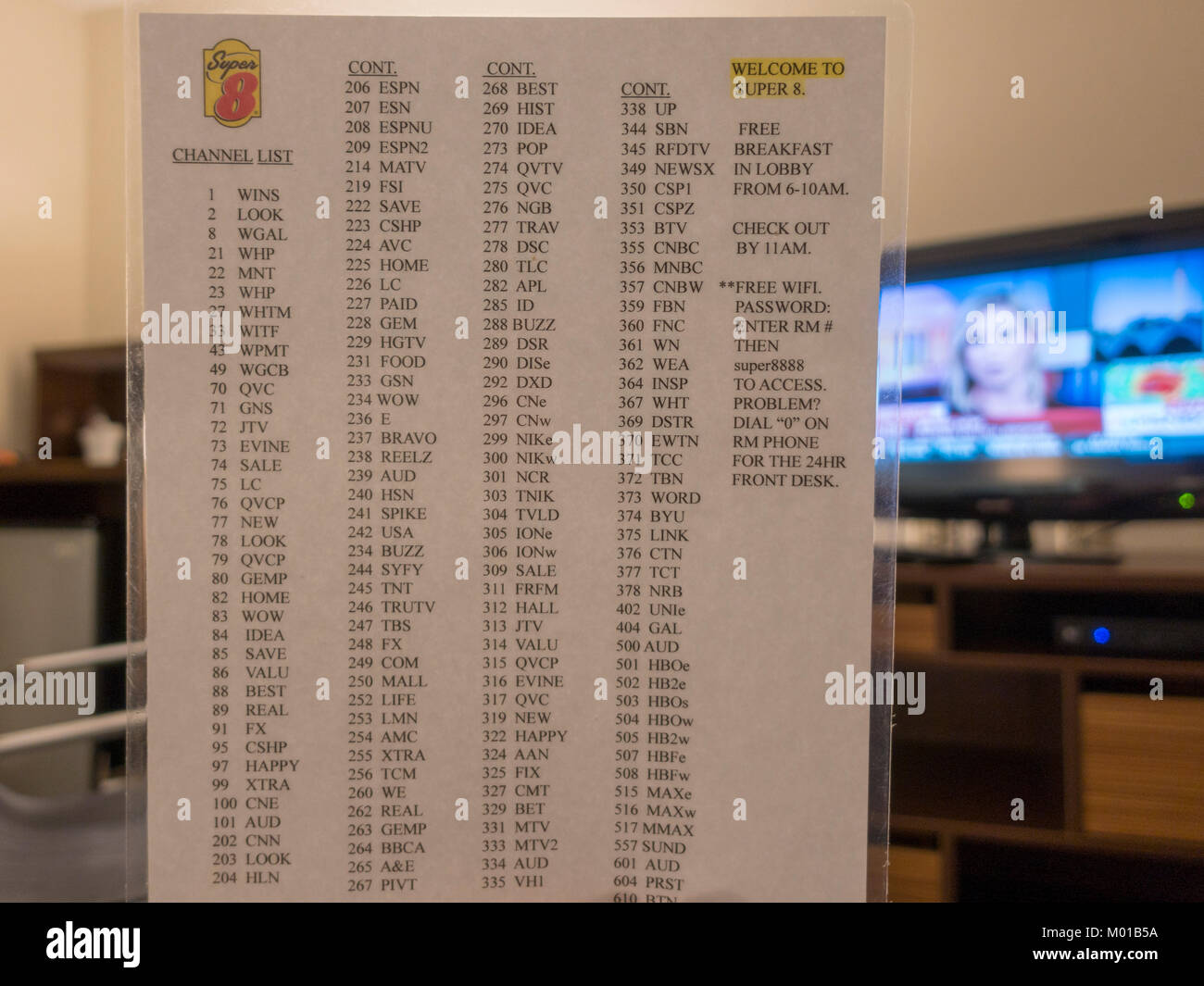The Main Principles Of Apollo Group Tv
The Main Principles Of Apollo Group Tv
Blog Article
Apollo Group Tv Can Be Fun For Anyone
Table of ContentsThe Basic Principles Of Apollo Group Tv Some Known Facts About Apollo Group Tv.Unknown Facts About Apollo Group TvGet This Report on Apollo Group Tv
In this circumstance, instead than having three-minute business areas during a 30-minute television program, TV shows may change to one where a customer will certainly be needed to have a month-to-month registration, so that they cen view targeted banner ads. This kind of advertising and marketing currently takes place on the net, and the amount of information tv companies accumulate permits them to do similar.Clarify the influence of enrollers on program web content. Describe the major patterns amongst the broadcasting and cable television networks. When tv remained in its early stage, manufacturers designed the new medium on radio. Popular radio shows such as police dramatization Dragnet and western cowboy series Gunsmoke were adapted for television, and new television shows were sponsored by solitary advertisers, simply as radio shows had actually been.
Today, the television sector is much more complicated. Programs are sponsored by multiple advertisers; programs is managed by major media empires; and the three significant networks no more dominate the airwaves yet rather share their viewers with numerous cable networks. A number of factors make up these patterns within the industry, including technical developments, government laws, and the development of new networks.

Apollo Group Tv Fundamentals Explained
Developed in 1969, (PBS) established out of a report by the Carnegie Payment on Educational Tv, which checked out the function of educational, noncommercial television on society. Public tv was also planned to offer universal accessibility to television for viewers in rural areas or audiences that might not pay for to pay for exclusive tv solutions.
The period between 1950 and 1970 is traditionally recognized as the. Other than a tiny part of airtime regulated by public television, the 3 major networks (called the Big 3) dominated the tv sector, collectively accounting for even more than 95 percent of prime-time viewing. In 1986, Rupert Murdoch, the head of international business News Corp, released the Fox network, testing the supremacy of the Big 3.
Targeting young and minority target markets with shows such as Buffy the Vampire Slayer, Moesha, Dawson's Creek, and The Wayans Bros., the brand-new networks wished to attract stations far from their old network associations. However, instead of repeating the success of Fox, UPN and WB struggled to make an impact. Unable to bring in numerous affiliate terminals, both fledgling networks reached fewer families than their larger competitors due to the fact that they were impossible in some smaller cities.
This decision led the way for the growth of cable motion picture channels, adding to the exponential development of cord in the 1980s and 1990s. apollo tv. Additional deregulation of cable television in the 1984 Cable Television Communications Policy Act removed constraints on cord rates, enabling drivers to charge what they desired for cord services as long as there worked competitors to the solution (a requirement that over 90 percent of all wire markets can meet)
How Apollo Group Tv can Save You Time, Stress, and Money.

Having produced the initial "superstation," Turner broadened his realm by founding 24-hour information network CNN in 1980. At the end of the year, 28 national shows solutions were available, and the cord revolution had started. Over the next years, the industry undertook a duration of fast development and appeal, and by 1994 visitors could pick from 94 basic and 20 costs wire services.
Figure 9 - https://www.twitch.tv/apollogtv01/about.16 Enhanced competition from cord channels has actually triggered a steady decline in the networks' target market rankings. Throughout the 1950s, the expense of producing a solitary television show increased as shows ended up being longer and manufacturing costs skyrocketed. Sponsorship on network tv shifted from single sponsorship, in which a program was totally supported and created by one advertiser, to numerous sponsorship, in which advertisers got 1- or 2-minute areas on the show
Each response ought to be a minimum of one paragraph. Select among the Big 4 networks and print out its once a week shows routine. View the network's prime-time programs over the course of a week, keeping in mind the target demographic for each program. Observe the advertising and marketing enrollers that sustain each show and compare how the items and solutions fit with the designated audience.
Some Ideas on Apollo Group Tv You Need To Know

Straight television, typically referred to as conventional broadcast TV, incorporates cable television and satellite tv. It's called "linear" because content complies with a predetermined programming schedule, unlike on-demand content which the private visitor makes a decision to watch based on their very own preferences and timetable. So, when you ask, "What is direct TV?", think about it as the traditional means of enjoying television that has been around for decades.
Report this page